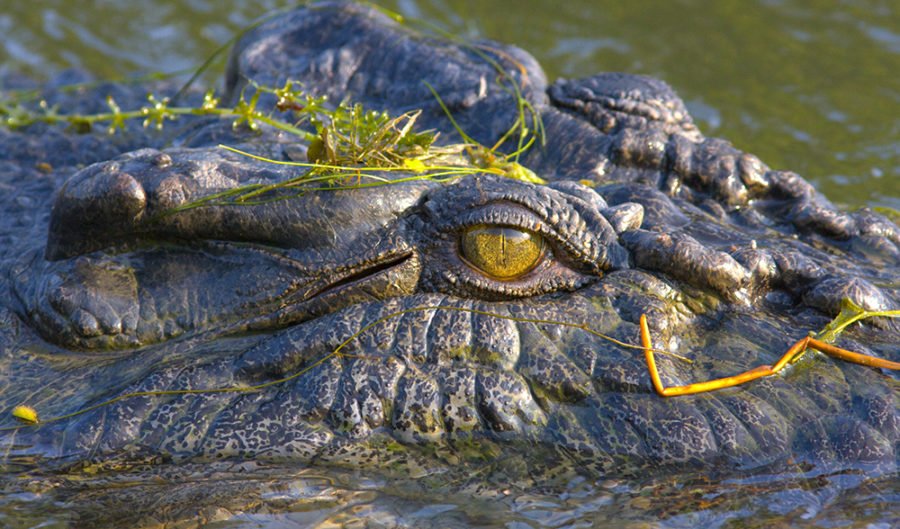OPINION: Why Australia’s crocodile management works

Saltwater crocodiles are icons of northern Australia, with a fiercely charismatic appearance and a reputation to match.
As top order predators in healthy ecosystems, they not only bring economic benefits and jobs, they’re a key part of Australia’s cultural landscape.
Up here we accept – even welcome – that crocodiles are part of our lives, except when they are responsible for ending them. This is the part where familiar calls ring out to “do something about it”, yet this usually misses the point.
It is tragic when a crocodile kills a person. Our reaction to it is understandably visceral. It’s important, then, to remind ourselves what action is being taken to keep people safe. Western Australia, the Northern Territory and Queensland all have mature crocodile management plans based on 50 years of knowledge and experience of what works.
We have a solid understanding of their biology and behaviour, how their populations work, and our storied relationship with them. Government agencies worldwide look to Australian expertise for advice on how to improve their own wildlife management programs.
Yet the familiar refrain to “do something about it” following an incident typically attacks the basis for crocodile management in this country. Such criticisms may be predictable, but they show a lack of understanding of the issues, and it’s why we should tread carefully before changing what works.
Calls to cull crocodile populations overlooks the fact that Australian management plans already allow for culling; crocodiles are culled from the population each year when they become a “problem” because their behaviour poses a heightened risk to people.
Such targeted removal can be effective when dealing with high-risk individuals, but a more indiscriminate cull would not work because it fails to address the problem. Most crocodiles are not a problem and do their best to stay away from us. There will always be crocodiles in the water, and indiscriminate culls risk giving people a false sense of security.
In the 1970s when there was a fraction of the crocodiles that exist today – the result of decades of indiscriminate killing – there were still fatal attacks on people. A widespread cull will never solve this issue.
What works now, as it did back then, is giving people information on how to stay safe around crocodiles. All three recent incidents in Queensland could have been avoided if the victims had followed existing safety guidelines that are readily available to the public.
Crocodile attacks remain extremely rare events. Three recent attacks in as many weeks overlooks the fact that three previous attacks in QLD (all non-fatal) were spaced over three years. Crocodile attacks are random, but on average only one person a year is killed by a crocodile Australia-wide.
It would be ideal to reduce this number to zero, but the reason crocodile attacks are so rare is because we’re living with the results of an effective crocodile management plan.
No strategy can ever be perfect or predict every possible scenario, but there is no doubt Australia’s management plans save lives on a weekly basis. We still have the lowest risk of crocodile attack per capita of any country that has saltwater crocodiles, despite having the most crocodiles.
The way forward is to continue improving education and awareness of crocodile safety. It is a constant process of repeating messages because every message saves lives.
Even locals who are experienced around crocodiles may be overlooking safety because crocodile attacks are so rare. People can develop bad safety practices around crocodiles simply because they can get away with it, making their actions more dangerous, and opening the door for the very thing they’d rather avoid.
There is no escaping the fact we live in crocodile habitat, something people have been doing for a very long time. Living with crocodiles is not hard, it just takes an awareness of safety.
Crocodile management is not about valuing crocodiles over people, it’s about keeping people safe around crocodiles, while recognising the value that crocodiles can give people. We can still be proud to have crocodiles.
Adam and Erin Britton are both crocodile biologists, who live around and work with crocodiles in Northern Australia. They’ve worked closely on several crocodile management plans.


